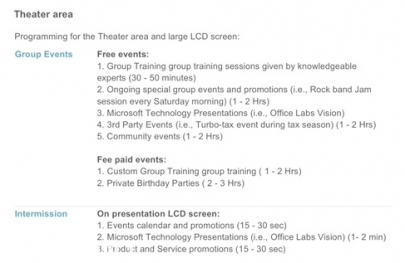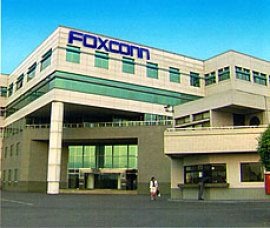Here’s one that might take a bit of crowd-sourced sleuthing from the community to solve:
Atheros, a maker of tiny, low cost Wifi modules for Netbooks and MIDs (amongst other things) has product called the AR9281 (PDF Link).
The product lives in a variety of higher-end netbooks like the EeePC 1000HE. "Higher-end" because the Atheros card supports 802.11N. These machines are often used to make Hackintoshes (guilty!) because they are the fastest inexpensive netbook you can buy. However, to get the Wifi working properly, you’ve needed to swap out the Atheros Wifi PCIe card and replace it with a $10 card from Dell or others because there are no Apple-Atheros drivers.
Apple doesn’t make any hardware with Atheros equipment (yet).
Recently, news has popped up that Snow Leopard includes the KEXTs for this card (unverified atm).

Interestingly, the PDF from above now lists Apple as one of the platforms it supports

This is where it get’s interesting….
A netbook user, citing Atheros’ claim of Macintosh compatibility, wrote in to the company to see why he couldn’t download the drivers from the site. The response he got was:
Re: AR9281 driver support
From: Atheros Information <info@atheros.com>
To: d00c4@***.com
Date: Fri, 13 Feb 2009 12:00 am
Sorry for the confusion. We are under legal agreement with Apple not to provide the requested drivers to anyone. For issues regarding driver support or customer service related to your wireless card, please contact Apple. We suggest you refer to the Apple’s website, as they typically offer online technical support pages where software drivers, updates, and other related information can be obtained.
Thank you for your understanding.
Atheros Communications, Inc.
On Wed, 11 Feb 2009 12:10:50 -0500
<d00c4@***.com> wrote:
> Thank you for fast response, but I couldn’t find drivers >for OS X (and drivers for 9281 at all) on that page.
> D.K.
> > —–Original Message—–
>From: Atheros Information <info@atheros.com>
> To: d00c4@***.com
> Sent: Tue, 10 Feb 2009 1:50 am
> Subject: Re: AR9281 driver support
> > Please refer to our website’s Chip Driver Downloads.
> > http://partner.atheros.com/Drivers.aspx
> > Thank you for purchasing an Atheros-enabled product.
> ATHEROS Communications, Inc.
> > > > > On Mon, 9 Feb 2009 17:21:48 -0500
> <d00c4@***.com> wrote:
>> Recently I bought AR9281 wireless card for my Mac. But,
>>I can’t find
>> any driver for your AR9281 chip (altough there’s
>>document that says there’s a driver support for Macs:
>>http://www.atheros.com/pt/bulletins/AR9281Bulletin.pdf).
>>Can you help me somehow, or I’ll need to replace wifi
>>card (again)?
>> Thanks.
>>
> > >
The question has to be asked: Why is Apple forbidding these drivers to get out?
The boring answer would be that it is trying to protect its software from Hackintosh makers. However, it isn’t illegal to build drivers for the Mac Platform and as a company that doesn’t (currently) do business with Apple, Atheros wouldn’t necessarily have legal agreements. What if you wanted to use this chip to replace a faulty Wifi card in an old MacBook? Does Apple really not want you to have these drivers for that purpose? Blocking software drivers from being released would be a new step that we’re not sure Apple has taken before.
Then other scenarios come up. Is Apple releasing some sort of device with this hardware in the near future…a device that will run Snow Leopard (hence the purported included kexts)?
Or even more insane scenarios: Is Apple going nuclear by releasing Snow Leopard to run on Non-Apple hardware one month ahead of Windows 7?
Who wants to debunk our outlandish assumptions?




















